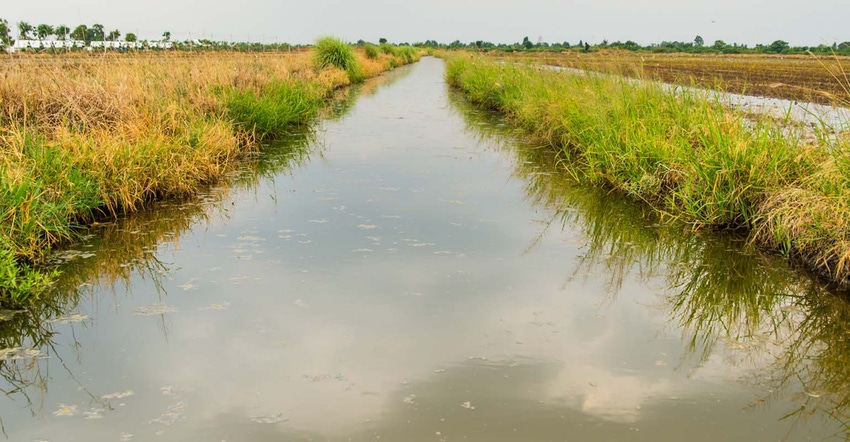Projects aim to reduce damages from flooding, sedimentation and erosion.
October 5, 2017

USDA plans to invest in 48 new, multi-year projects that aim to build vital infrastructure while conserving natural resources in 20 states or territories through the Watershed Protection and Flood Prevention Program.
“Protecting lives and property and improving natural resources within our nation’s watersheds are critical,” NRCS Acting Chief Leonard Jordan said. “Watersheds are nature’s natural boundaries. NRCS has made much progress in reducing damages caused by flooding, sedimentation and erosion in watersheds nationwide because of our proactive approach to program implementation once we obtain Congressional funding.”
NRCS will invest $150 million in these 48 new projects, through which NRCS works with project sponsors, such as conservation districts, local governments and American Indian tribes. The projects take place in smaller watersheds that cover 250,000 acres or less. Additionally, this investment also includes funding for 41 existing projects in 11 states.
The projects are owned by the local sponsors. NRCS serves as the primary technical adviser to project sponsors because of its engineering and environmental expertise and ability to deliver science-base technology and knowledge about the watershed’s natural resources and ecosystem.
The new, multi-year projects include:
Alabama – This project will provide a watershed plan to address irrigation needs in watersheds that have high potential of irrigation success. Implementation will include water resource management practices including center pivots, irrigation reservoir, micro-irrigation, pipeline, pump plant and wells.
Massachusetts – Cape Cod Water Resources Restoration Project - This project consists of 16 individual projects that include fish passages, stormwater remediation and salt marsh restoration.
Kansas – Wolf River Watershed – This project will provide watershed protection, flood prevention, sedimentation reduction, erosion prevention and lessen damage to utilities in watershed plagued with erosion issues and flood damages.
A full list of projects is available here.
“History has shown us that smart, proactive investment in small watershed and flood prevention projects yield immense benefits for landowners, communities and taxpayers,” Jordan said. “These dams have reduced flooding of businesses, homes, roads and agricultural lands. They have provided dependable water supplies for agricultural, residential and industrial use. They have also increased opportunities for fishing, hiking, birdwatching and the enjoyment of open space.”
Source: USDA NRCS
You May Also Like

.png?width=300&auto=webp&quality=80&disable=upscale)
.png?width=300&auto=webp&quality=80&disable=upscale)
